STM32 NUCLEO F103RB Board
The STM32 Nucleo F103RB board offers an economical and versatile solution for individuals seeking to experiment with fresh concepts and construct prototypes using a range of STM32 microcontroller options. With the option to select from diverse combinations of performance, power usage, and features, users have the freedom to customize their experience. Additionally, the inclusion of Arduino™ connectivity support and ST Morpho headers simplifies the process of enhancing the capabilities of the STM32 Nucleo open development platform by providing access to a wide selection of specialized shields.
The STM32 Nucleo F103RB board conveniently includes the ST-LINK/V2-1 debugger/programmer, eliminating the need for an additional probe.
The STM32 Nucleo F103RB board is equipped with the comprehensive software HAL library for STM32, along with various pre-loaded software examples and direct access to mbed online resources.
Some highlights of the NUCLEO-F103RB include:
- The STM32 microcontroller comes in a LQFP64 package.
- The STM32F103RBT6 boasts a generous 128K FLASH.
- There are two kinds of resources for extension purposes.
- The connectivity of Arduino Uno Revision 3.
- The STMicroelectronics Morpho extension pin headers provide complete access to all STM32 input/output ports.
- Mbed-enabled, found at mbed.org, is a valuable resource for developers looking to create IoT solutions.
- The ST-LINK/V2-1 debugger/programmer comes equipped with an on-board SWD connector for convenient usage.
- To utilize the kit as a standalone ST-LINK/V2-1, simply switch on the selection mode.
- Versatile board power source
- The device can be powered by either USB VBUS or an external source, such as 3.3V, 5V, or 7-12V.
- Device used to manage power settings.
- The trio of LEDs
- The USB communication (LD1), along with the user (LD2) and power (LD3) LEDs.
- There are two buttons available: USER and RESET.
- USB re-enumeration capability allows for the support of three different interfaces on USB.
- A virtual COM port is a software-based communication interface used for sending and receiving data between devices.
- Storage at a large scale.
- Port for debugging
- The all-encompassing HAL library offers numerous software examples for free.
- Backed by a variety of Integrated Development Environments (IDEs) such as IAR, Keil, and GCC-based options.


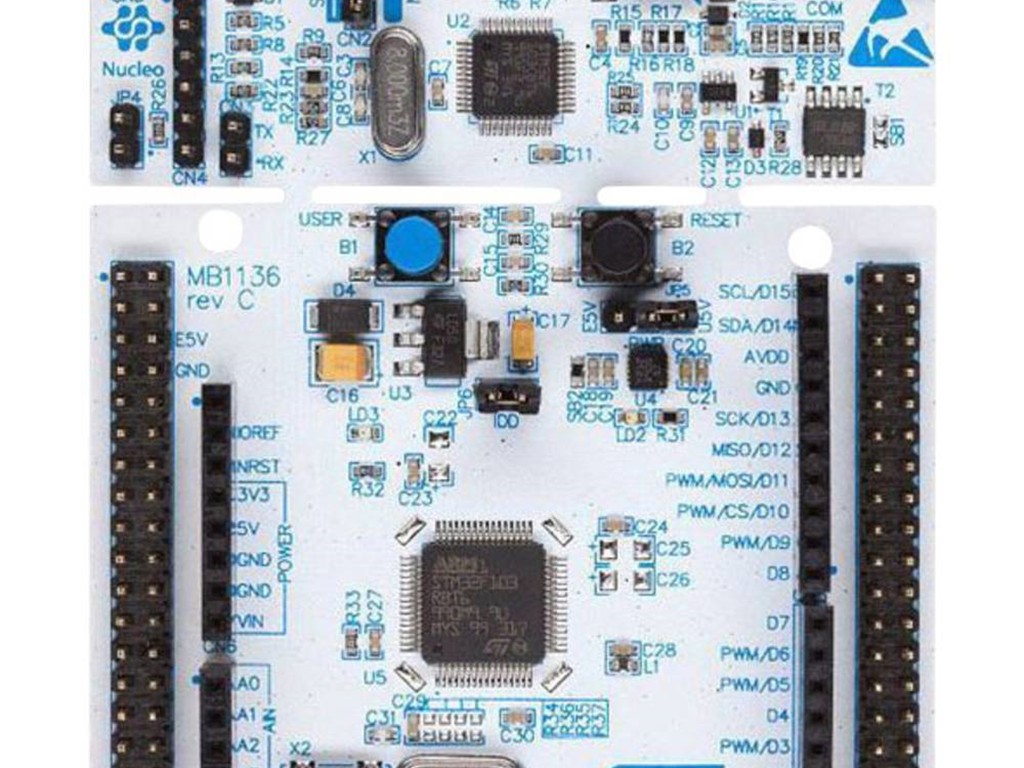
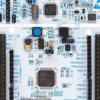
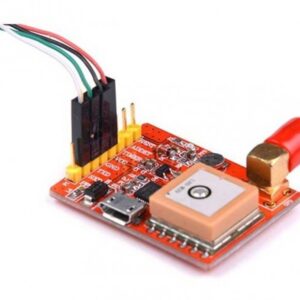
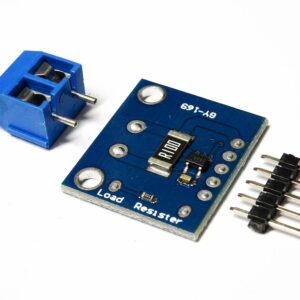


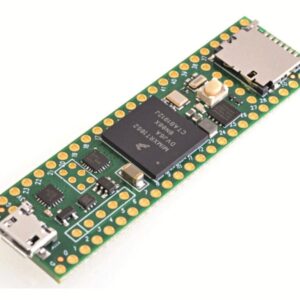
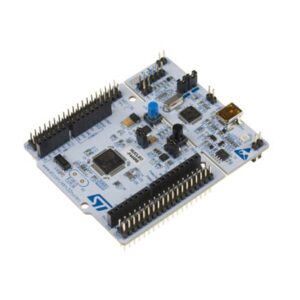

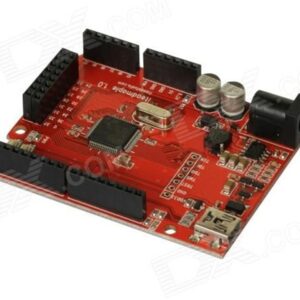

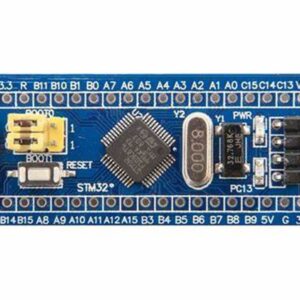
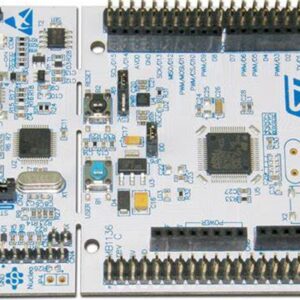
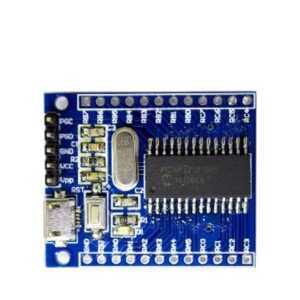

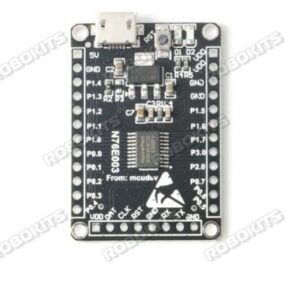
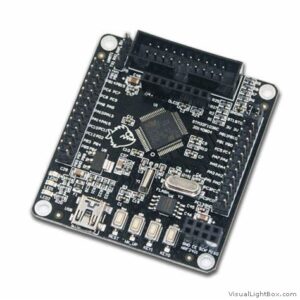
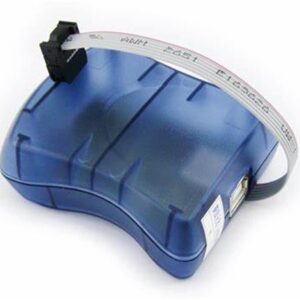
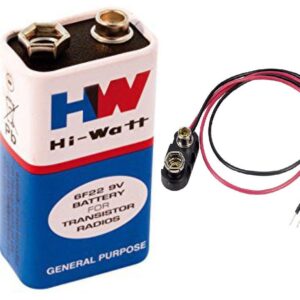
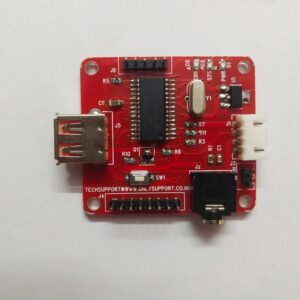
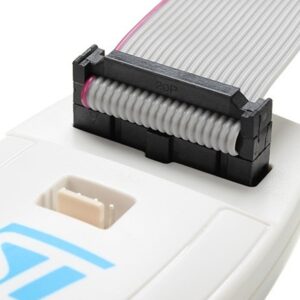
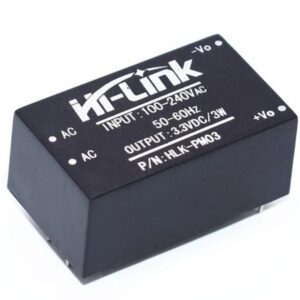

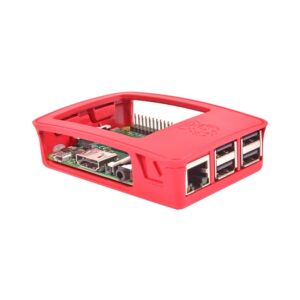

There are no reviews yet.